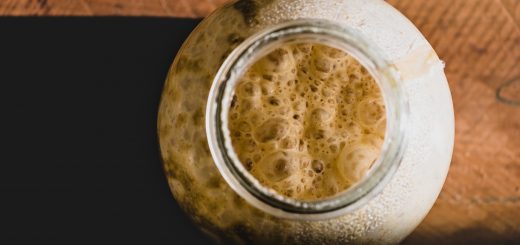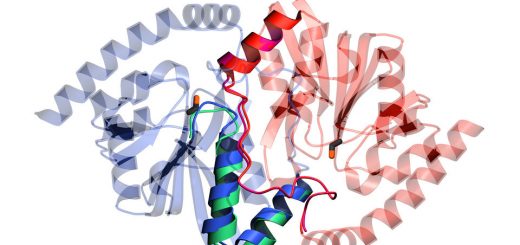Cells at work

Author(s): Octavian Horia Minda
Summary
| Subject | Green Biotechnology |
| Topic | biotechnology |
| Age of students | 12-18 |
| Preparation time | 30Minutes |
| Teaching time | 60Minutes |
| Online teaching material (links for online material) | |
| Offline teaching material | • Elodea or red onion• salt water• 5 potatoes/class• balance• beaker• student worksheet• optional: a “flex-cam” or other projector for the microscope is nice to have to show the students a teacher preparation on a TV or larger screen. |
Aim of the lesson
By the end of this lesson students will see how cells respond to changes in osmotic pressure by watching red onion cells shrink in salt water and by weighing potato slices before and after being soaking in salt water.
- 1)
Activities
Students may have difficulty understanding that osmosis is the movement of water across a membrane. They will need explanations for why larger size particles do not pass through the small pores in the cell membrane. The potatoes should lose several grams of water to the salt solution and the red onion or elodea noticeably shrink inside their cell walls.
| Name of activity | Procedure | Time |
| Introduction | Cells must be able to allow substances to travel through their cell membranes. Gases and nutrients must go into the cell, waste gases and waste products must go out. Diffusion is the movement of substances from high to low concentrations. Osmosis is diffusion of water through a membrane. Since cells are surrounded by membranes, we will use the term osmosis to describe the movement of substances across cell membranes. Membranes are able to block the movement of some substances. Salt does not move freely across cell membranes. In this activity you will see the reaction of cells to salt water | X min |
| Instructions | 1. Cut about 100 quarter inch slices of potato and cover with a plastic bag.2. Place students in groups of 3-4 and give them the student sheets.3. Read the introduction with students and show them where materials are located.4. Allow time for students to work with the microscopes and balances.5. Have students write the differences in the weight of their potatoes on the board. Discuss why the weight changed and have students answer the analysis questions.6. If you have a flex-cam, be sure and show students what differences they should have seen between the normal cell and one in salt water. Many 7th grade students do not have microscope or observational abilities to see this subtle difference. | Xmin |
| Prediction | What will happen to the weight of the potatoes? | |
| Experiment | 1. Weigh 10 slices of potato. Write down what they weigh.2. Place the potatoes in the salt water solution and allow to sit while you continue the lab.3. Place an Elodea leaf or the red skin off a piece of onion from the fresh water jar on your microscope slide. Add a drop of water and a coverslip. 4. Place an Elodea leaf or red skin from the onion from the saltwater container on another slide. Add a small drop of salt water and a coverslip. Blot dry.5. Observe and draw ONE cell from each leaf. Observe carefully, they should look different.6. Take the potatoes out of the salt water and blot dry. Weigh again. Data: 1. Starting weight of potatoes……………….._____________g 2. Ending weight of potatoes…………………_____________g 3. Change………………………………………_____________g Elodea: fresh water salt water | X min |
| Analysis1. What happened to the weight of the potatoes? 2. Why did this occur? 3. Did water or salt move across the cell membrane? 4. Draw a diagram of what you think happened to the potato cells. Show the salt as black dots. 5. What happened to the Elodea cells in the salt water? 6. How does this support what happened to the potatoes? 7. Why might cells keep some substances from entering the cell? Conclusion: | Xmin | |
| Xmin | ||
| Xmin |
Assessment
Correct answers
1. What happened to the weight of the potatoes? Goes down
2. Why did this occur? Water travels to area of low concentration (the salt water
3. Did water or salt move across the cell membrane? Water
4. Draw a diagram of what you think happened to the potato cells. Show the salt as black dots.
Students may have other correct ideas and may show some salt inside the cell, which is correct.
5. What happened to the Elodea cells in the salt water? They shrunk
6. How does this support what happened to the potatoes? Yes, it shows cells lose water when placed in a solution with less water because of more salt.
7. Why might cells keep some substances from entering the cell? To maintain their size and functions.





